Hi there, pet lovers! 🐢
Are you considering adding a Red-Eared Slider to your family? These vibrant, charismatic turtles are among the most popular aquatic pets in the world, and for good reason. Known for their striking red markings and engaging personalities, Red-Eared Sliders can make wonderful companions for the right owner. However, they also come with specific care requirements and a long-term commitment that shouldn’t be taken lightly.
In this detailed review, we’ll explore everything you need to know about Red-Eared Sliders, from their temperament and care needs to their costs and availability. Whether you’re a first-time turtle owner or an experienced reptile enthusiast, this guide will help you decide if a Red-Eared Slider is the right pet for you.
Overview
Red-Eared Sliders (Trachemys scripta elegans) are semi-aquatic turtles native to the southern United States. They are easily recognizable by the distinctive red stripes behind their eyes and their vibrant green and yellow shells. These turtles are highly interactive and can live for decades with proper care. Here’s a quick summary of what makes them stand out:
- Handling and Temperament: Generally tolerant but prefer minimal handling. They are more enjoyable to observe than to hold.
- Care and Maintenance: High-maintenance due to their need for a large aquatic habitat, proper filtration, and UVB lighting.
- Health and Durability: Hardy and long-lived, but sensitive to poor water quality and improper diet.
- Availability: Widely available in pet stores, from breeders, and at reptile expos.
- Cost: Affordable to purchase but expensive to set up due to habitat requirements.
- Overall: A rewarding pet for dedicated owners willing to meet their complex care needs.
Red-Eared Sliders are ideal for those who enjoy observing aquatic life and are prepared for a long-term commitment. However, their care requirements make them better suited for experienced or highly motivated pet owners.
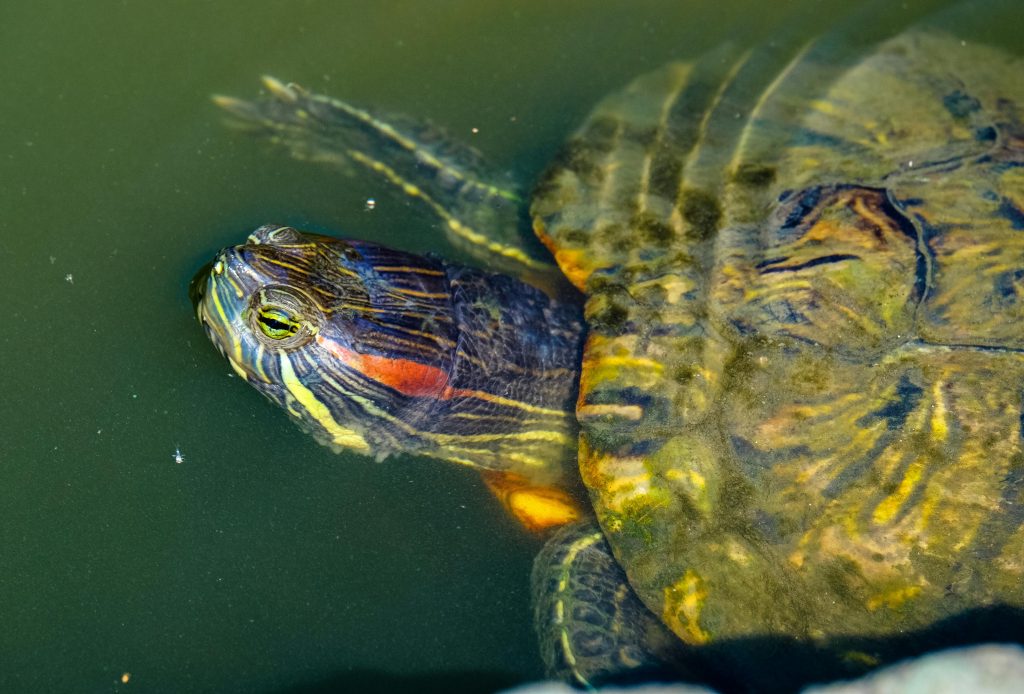
Why Choose a Red-Eared Slider?
Red-Eared Sliders are captivating pets that bring a slice of aquatic life into your home. Their vibrant colors, interactive behaviors, and long lifespans make them a rewarding choice for those who appreciate their unique charm. However, they are not low-maintenance pets. Their care involves a significant investment of time, space, and resources.
These turtles thrive in environments that mimic their natural habitat, which means providing a spacious tank, clean water, and proper lighting. If you’re someone who enjoys creating and maintaining a mini-ecosystem, a Red-Eared Slider could be a perfect fit.
Handling and Temperament
Red-Eared Sliders are not pets that enjoy frequent handling. Unlike dogs or cats, they are more comfortable in their aquatic environment than in your hands. However, they can tolerate occasional handling if done gently and infrequently.
Personality and Behavior
Red-Eared Sliders are curious and intelligent creatures. They often recognize their owners and may swim excitedly toward you during feeding time. While they don’t seek physical affection, their interactive behaviors make them fascinating to watch.
Handling Tips
- Always support their body properly when holding them. Avoid gripping too tightly or letting them dangle.
- Be prepared for squirming and occasional kicking. Their claws can be sharp, so handle them with care.
- Keep handling sessions short to minimize stress. Overhandling can lead to anxiety and health issues.
- Be aware that they may pee when picked up. This is a natural response for freshwater turtles and is not harmful.
While Red-Eared Sliders are not cuddly pets, their engaging personalities and unique behaviors make them a joy to observe.
Care and Maintenance
Caring for a Red-Eared Slider requires a significant commitment. Their habitat needs are complex, and maintaining their environment is essential for their health and well-being.
Enclosure Setup
- Tank Size: Adult Red-Eared Sliders need a minimum of 75–100 gallons of water. Larger tanks are even better, as these turtles are active swimmers.
- Water Quality: Clean, filtered water is crucial. Use a high-quality canister filter to handle their waste and keep the water clear.
- Basking Area: Provide a dry basking platform with a heat lamp and UVB light. This allows them to regulate their body temperature and absorb essential UV rays.
- Substrate: Use large river rocks or bare-bottom tanks to prevent ingestion of small particles. Avoid gravel, as it can cause impaction.
- Decorations: Include plants, rocks, and driftwood to create a naturalistic environment. Ensure all decorations are safe and non-toxic.
Humidity and Temperature
- Water Temperature: Maintain a water temperature of 75–85°F using an aquarium heater.
- Basking Temperature: The basking area should be around 90–95°F.
- Humidity: Moderate humidity is sufficient. Regular misting is not required, but ensure the basking area stays dry.
Feeding
Red-Eared Sliders are omnivores with diverse dietary needs.
- Staple Diet: High-quality commercial turtle pellets should form the base of their diet.
- Supplements: Offer fresh vegetables (e.g., kale, collard greens, carrots) and occasional protein sources like earthworms, crickets, or cooked fish.
- Feeding Schedule: Feed juveniles daily and adults every other day. Adjust portion sizes based on their appetite and activity level.
Lighting
- UVB Lighting: Essential for calcium metabolism and shell health. Use a UVB bulb specifically designed for reptiles.
- Basking Light: Provides heat and mimics natural sunlight.
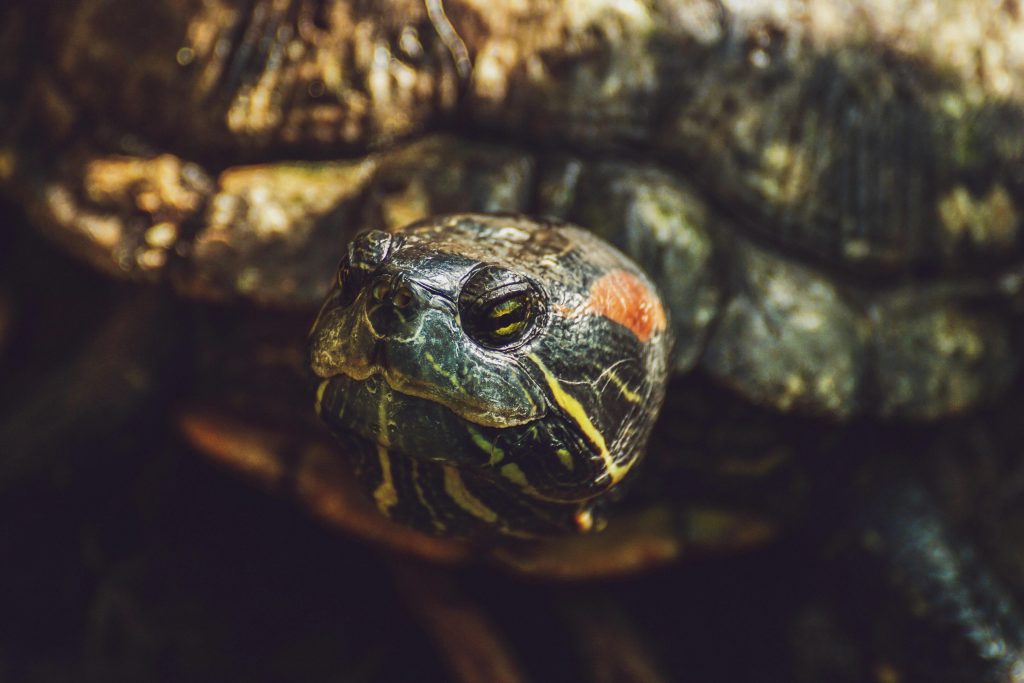
Health and Durability
Red-Eared Sliders are hardy turtles, but they are not immune to health issues. Proper care is essential to ensure they live a long and healthy life.
Common Health Issues
- Shell Rot: Caused by poor water quality or inadequate basking areas.
- Respiratory Infections: Often due to cold water or improper humidity levels.
- Parasites: Can result from unclean water or contaminated food.
- Metabolic Bone Disease: Caused by a lack of UVB lighting or calcium deficiency.
Preventative Care
- Maintain clean water and a properly filtered tank.
- Provide a balanced diet and UVB lighting.
- Monitor their behavior and appearance for signs of illness.
- Schedule regular check-ups with a reptile-savvy veterinarian.
With proper care, Red-Eared Sliders can live for 20–30 years or more, making them a long-term commitment.
Availability and Cost
Red-Eared Sliders are widely available and affordable to purchase, but their setup costs can be significant.
Where to Buy
- Breeders: Reputable breeders offer healthy, well-cared-for turtles.
- Reptile Expos: Great for meeting breeders and seeing a variety of turtles.
- Pet Stores: Many pet stores carry Red-Eared Sliders, but ensure they are ethically sourced.
- Rescues: Consider adopting from a reptile rescue to provide a home for a turtle in need.
Cost
- Turtle Price: $10 to $30 for standard morphs. Rare morphs can cost significantly more.
- Setup Cost: $300 to $500 or more for a tank, filter, heater, lighting, and decorations.
- Ongoing Costs: Food, filter replacements, and electricity for heating and lighting.
Pros and Cons
Pros
- Vibrant colors and engaging personalities.
- Long lifespan with proper care.
- Widely available and affordable to purchase.
- Fascinating to observe in a well-maintained habitat.
Cons
- High-maintenance care requirements.
- Expensive initial setup costs.
- Not suitable for frequent handling.
- Long-term commitment due to their lifespan.
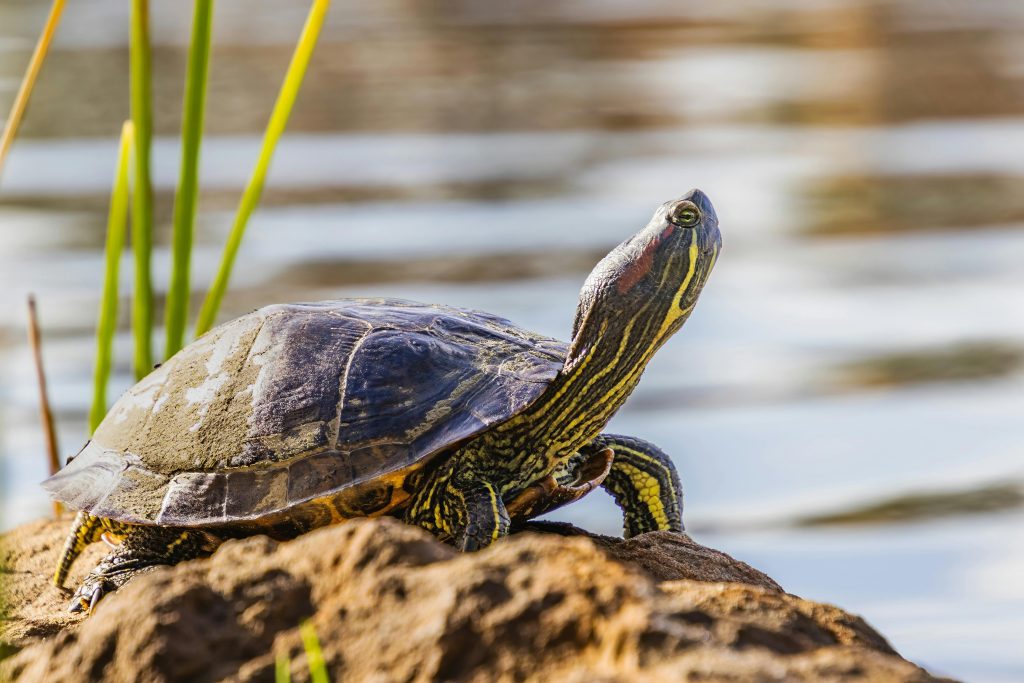
Final Thoughts
Red-Eared Sliders are captivating pets that can bring years of joy to dedicated owners. However, their complex care requirements and long lifespans make them better suited for experienced or highly motivated pet owners. If you’re prepared to invest the time, space, and resources needed to create a thriving aquatic habitat, a Red-Eared Slider could be a wonderful addition to your home.
For those seeking a smaller, lower-maintenance alternative, consider other aquatic turtle species. But if you’re ready for the challenge, these vibrant turtles are sure to reward you with their unique charm and fascinating behaviors.
Have you owned a Red-Eared Slider? Share your experiences and tips in the comments below! We’d love to hear how you care for your turtle and what makes them special to you.
For more reptile care tips and reviews, stay tuned to our blog and don’t forget to subscribe to our newsletter! 🐢

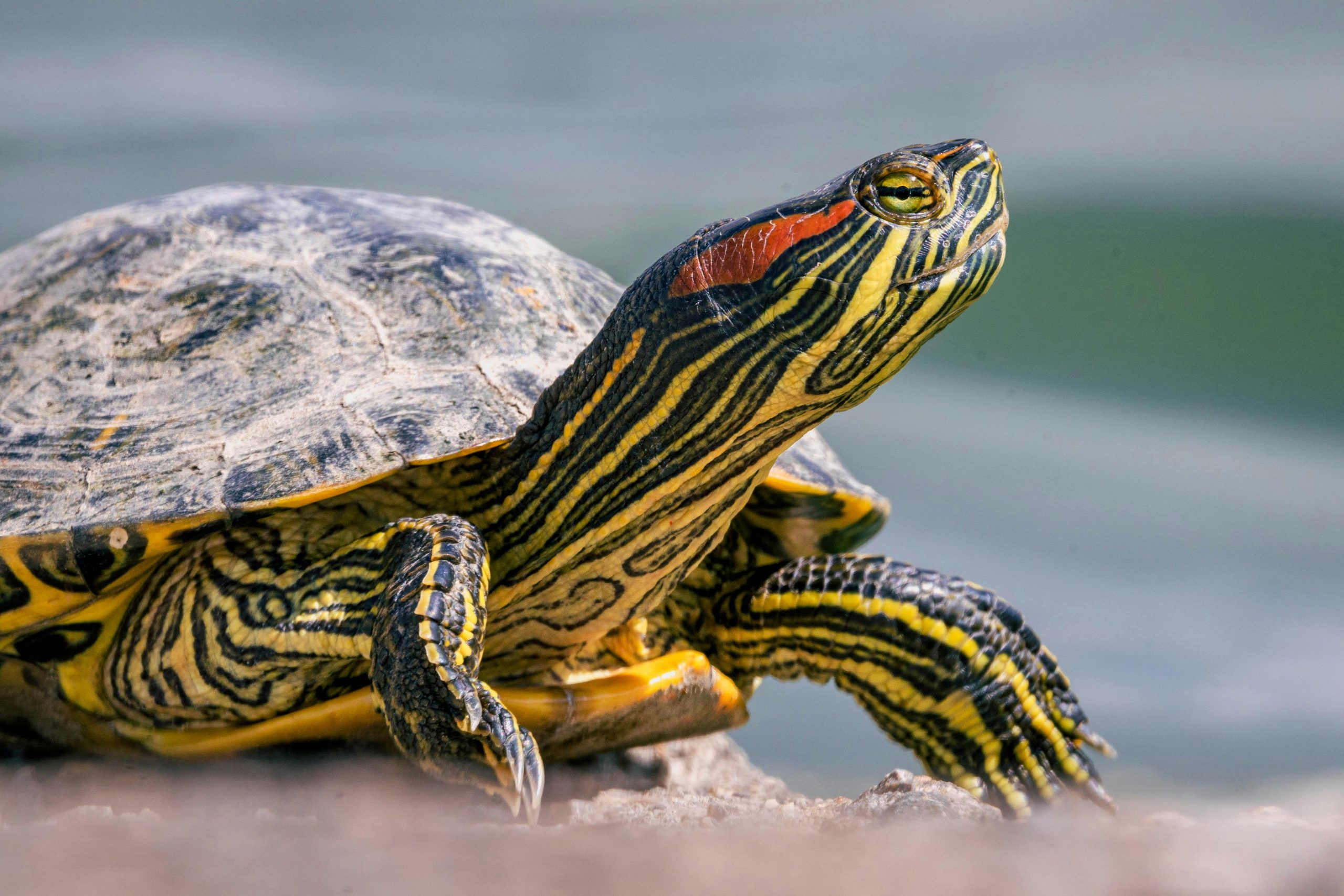

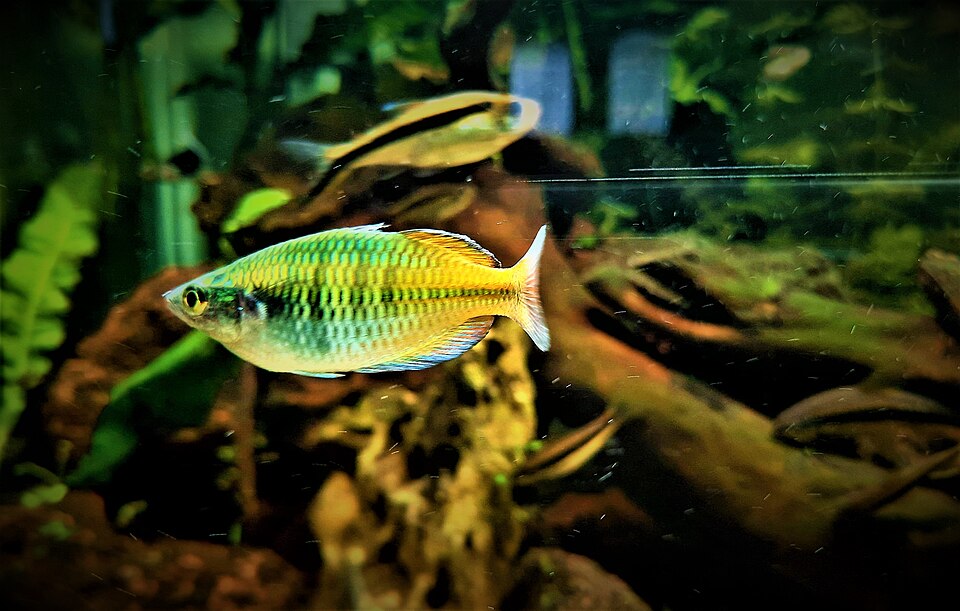
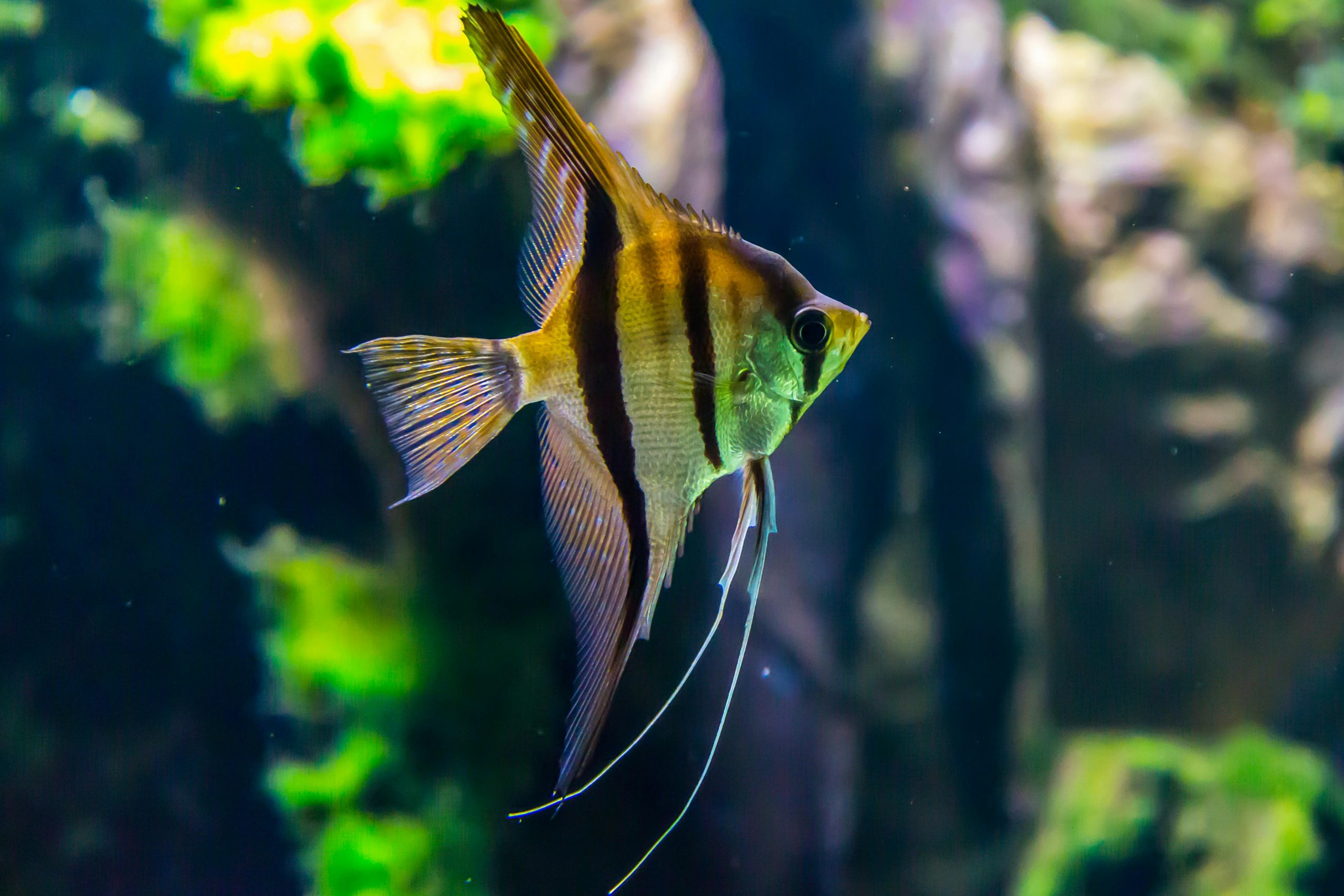
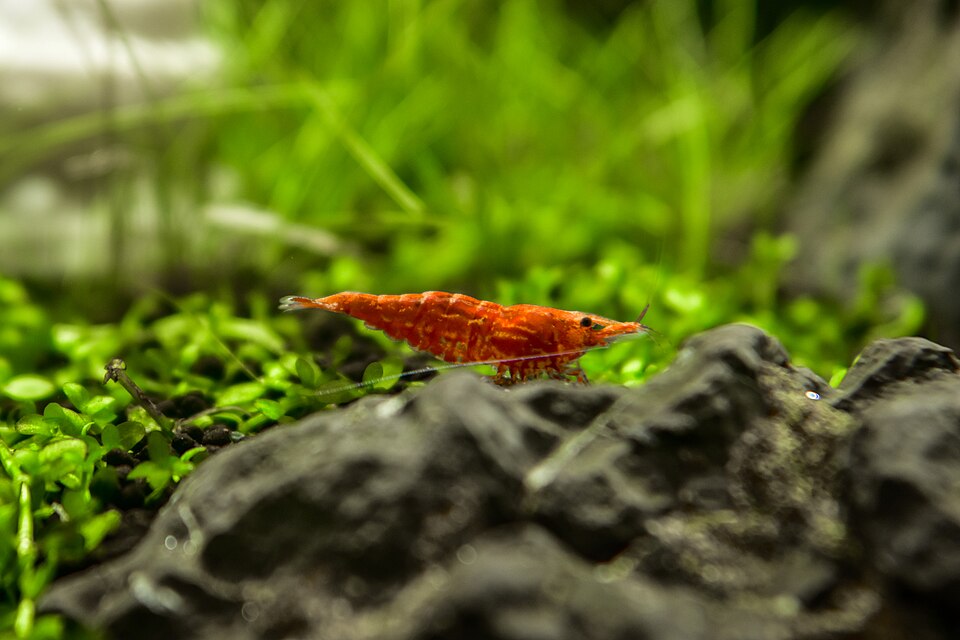

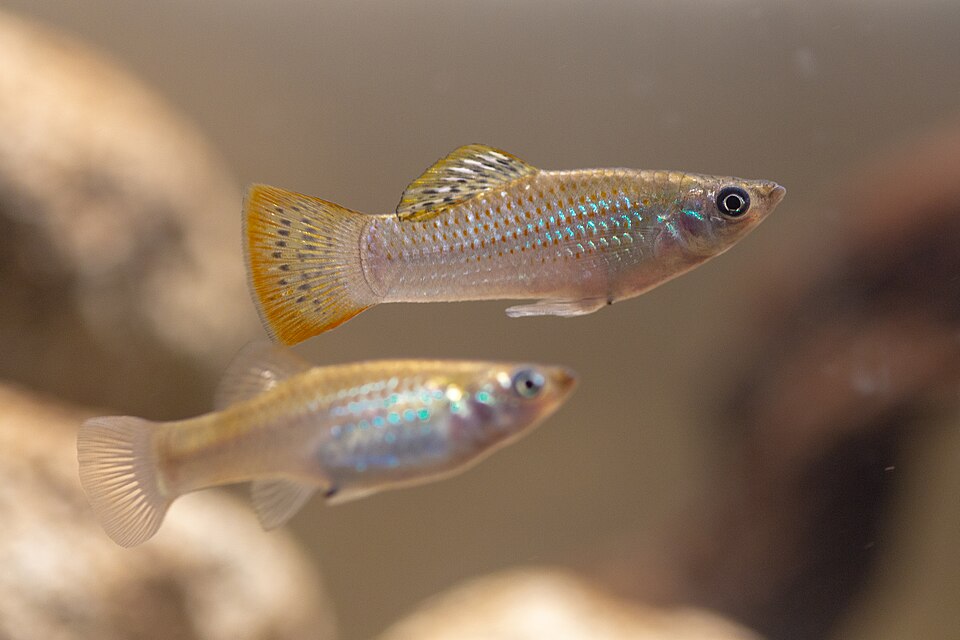
Leave a Reply